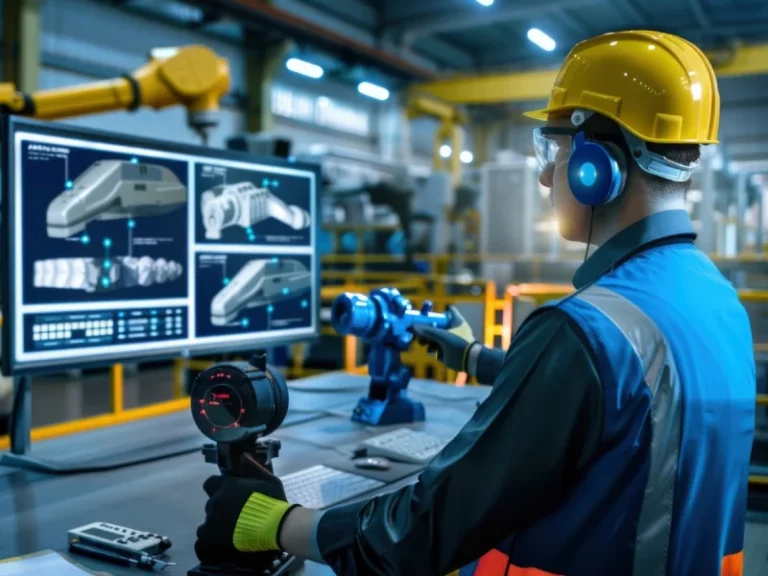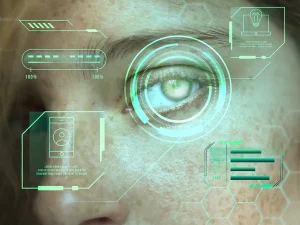Industrial Control Systems (ICS) form the backbone of modern infrastructure, managing operations in industries such as energy, manufacturing, and transportation. These systems include Supervisory Control and Data Acquisition (SCADA) and Distributed Control Systems (DCS), allowing remote monitoring and automation. However, as ICS environments become more interconnected, they also face increasing cybersecurity threats, making their protection more critical.
Key Components of ICS
ICS is a complex ecosystem composed of various components that work together to maintain industrial operations. These interconnected systems form the backbone of modern industrial control infrastructure, enabling unprecedented levels of efficiency and precision. Their intricate design allows for real-time monitoring, data collection, and rapid response to changing operational conditions, making them critical for maintaining productivity and safety in complex industrial environments. Each of these components has its function but also presents potential security risks if left unprotected:
- Supervisory Control and Data Acquisition (SCADA) – Monitors and controls industrial operations remotely, often across large geographic areas.
- Distributed Control System (DCS) – Manages automated processes in industries like oil and gas, power plants, and chemical manufacturing.
- Programmable Logic Controller (PLC) – Handles real-time automation by controlling machinery, sensors, and actuators.
- Human-Machine Interface (HMI) – Provides operators with data visualization and control capabilities for industrial processes.
How to Strengthen ICS Security
As ICS environments integrate with modern IT infrastructure and cloud-based solutions, they become more exposed to cyber threats. Unlike traditional IT systems, ICS often runs on outdated technology, making security a growing concern for industrial sectors worldwide. Given the critical nature of ICS, organizations must implement robust security measures to protect these systems from cyberattacks.
- Network Segmentation and Zero Trust Architecture
Implementing network segmentation limits an attacker’s ability to move between IT and OT environments. A zero-trust approach ensures strict access controls and verification for every connection.
- Regular Security Assessments and Patch Management
Conducting security audits and applying patches to ICS software helps reduce vulnerabilities that attackers could exploit. However, patching must be done with caution to avoid disrupting operations.
- Multi-Factor Authentication (MFA) for Remote Access
Adding MFA to ICS access reduces the likelihood of unauthorized logins, even if credentials are compromised.
- Real-Time Threat Monitoring and Incident Response
Deploying advanced monitoring tools can detect abnormal activity in ICS networks, allowing for rapid threat mitigation before damage occurs.
- Security Awareness Training for ICS Operators
Human error remains one of the biggest security risks. Training employees in secure practices helps reduce the chances of accidental breaches or falling for social engineering attacks.
The Future of ICS Security
With the rise of AI-driven threats and increasing ICS digitization, security strategies must evolve to stay ahead of attackers. Organizations should invest in advanced threat detection, AI-powered anomaly detection, and threat intelligence to safeguard critical infrastructure.
For companies looking to enhance their ICS security posture, Terrabyte provides expert solutions and guidance to help secure industrial environments against emerging cyber threats.



